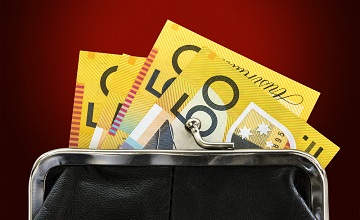Six super hacks to retire richer
While it’s easy to be discouraged by superannuation and fear you will never have enough money saved to stop working, remember even a modest superannuation balance can make a big…

While it’s easy to be discouraged by superannuation and fear you will never have enough money saved to stop working, remember even a modest superannuation balance can make a big…

For most Australians, their 60s is the decade that marks retirement. For some this means a graceful slide into a fulfilling life of leisure, enjoying the fruits of a lifetime…

If 50 really is the new 40, then life has just begun. The kids are gaining independence or may have left home, and the mortgage could be a thing of…

Typically your forties is a time of established careers, teenage kids and a mortgage that is no longer daunting. There are still plenty of demands on the budget, but by…

If you are in your 30s, chances are life revolves around children and a mortgage – not super. And as much as we love our kids, the fact is they…

Superannuation is for the oldies, right? In some ways that’s true, but even in your twenties there are good reasons to take a bit more interest in your super. The…

The run-up to Christmas is usually a hectic time. Aside from the shopping and Christmas parties, there are deadlines to meet, loose ends to tie up and, for many farmers,…

While women earn less and spend less time in the workforce than men, sharply reducing their super contributions throughout their working lives, there are some simple steps women can take…

Once your mortgage and other financial commitments are manageable, it is usually time to put the pedal down on your super. Those prime income years, between age 40 and 50…

If you have had different jobs with different employers over your working career you will probably have superannuation accounts in many different funds. Apart from the time it takes to…

Thousands of Australians receive tax refunds every year. Some refunds won’t even cover the cost of a pizza to celebrate, however many are quite substantial. If you’re one of the…

Since the Australian Government introduced compulsory employer contributions to people’s superannuation funds in 1992, Australia’s funds invested in super have grown to $3 trillion. In this time, self-managed super funds…

There isn’t a single person in the world who hasn’t been impacted by COVID-19. As new case numbers start to slow in Australia, so too is our economy. This time…
End of content
End of content